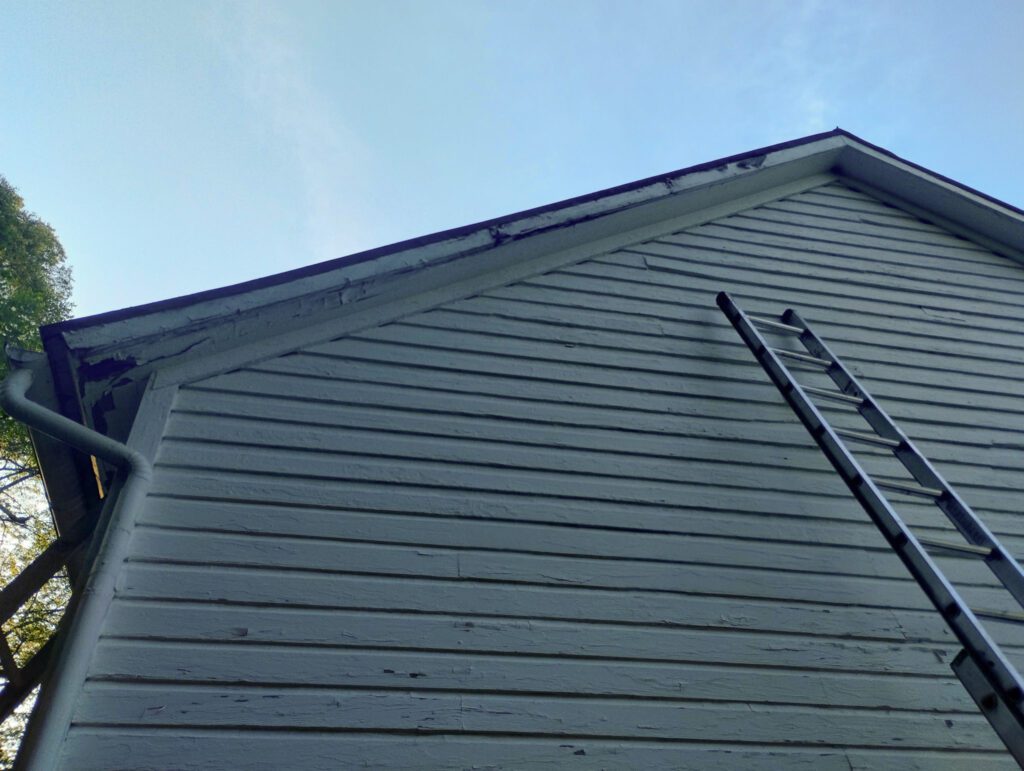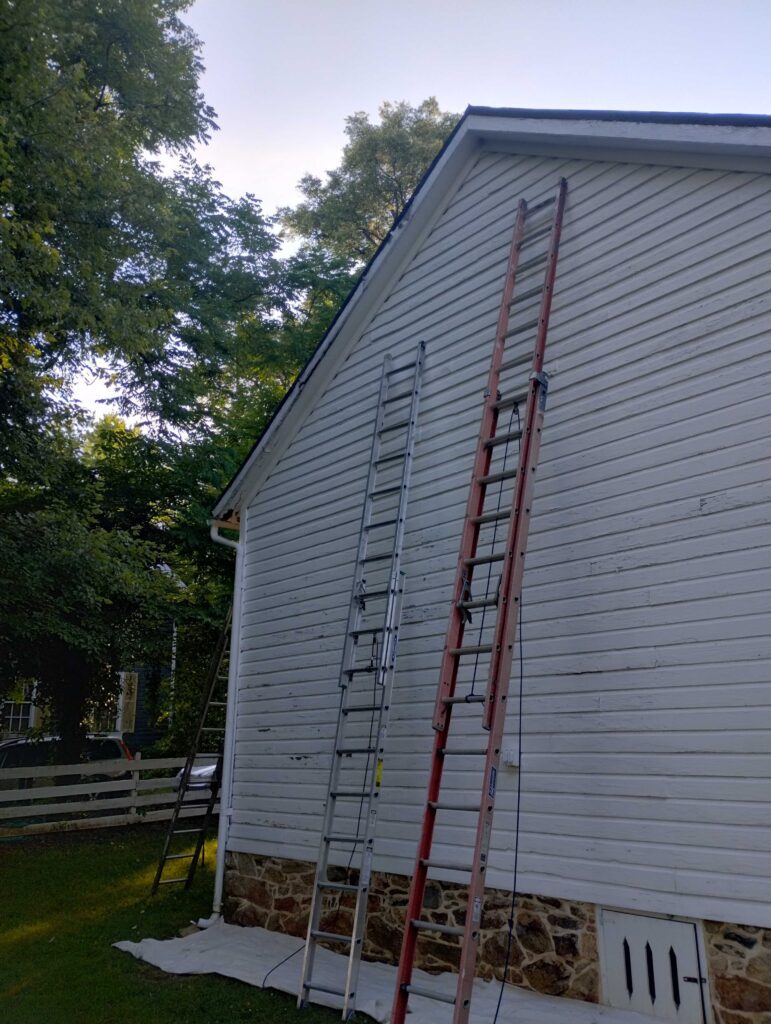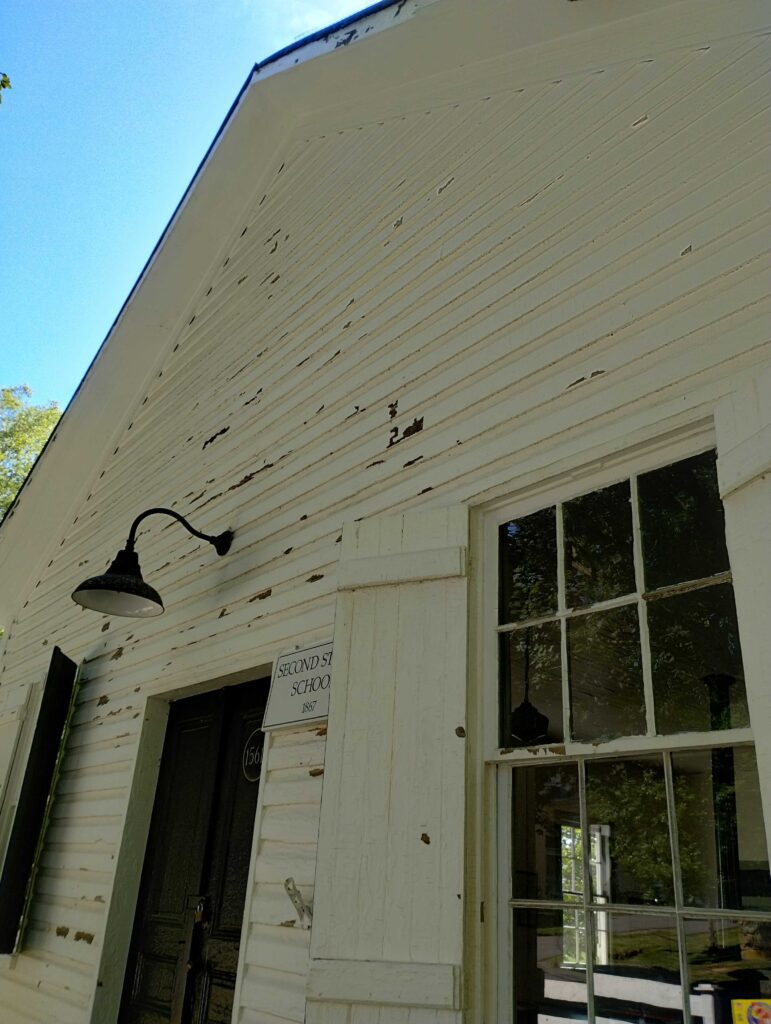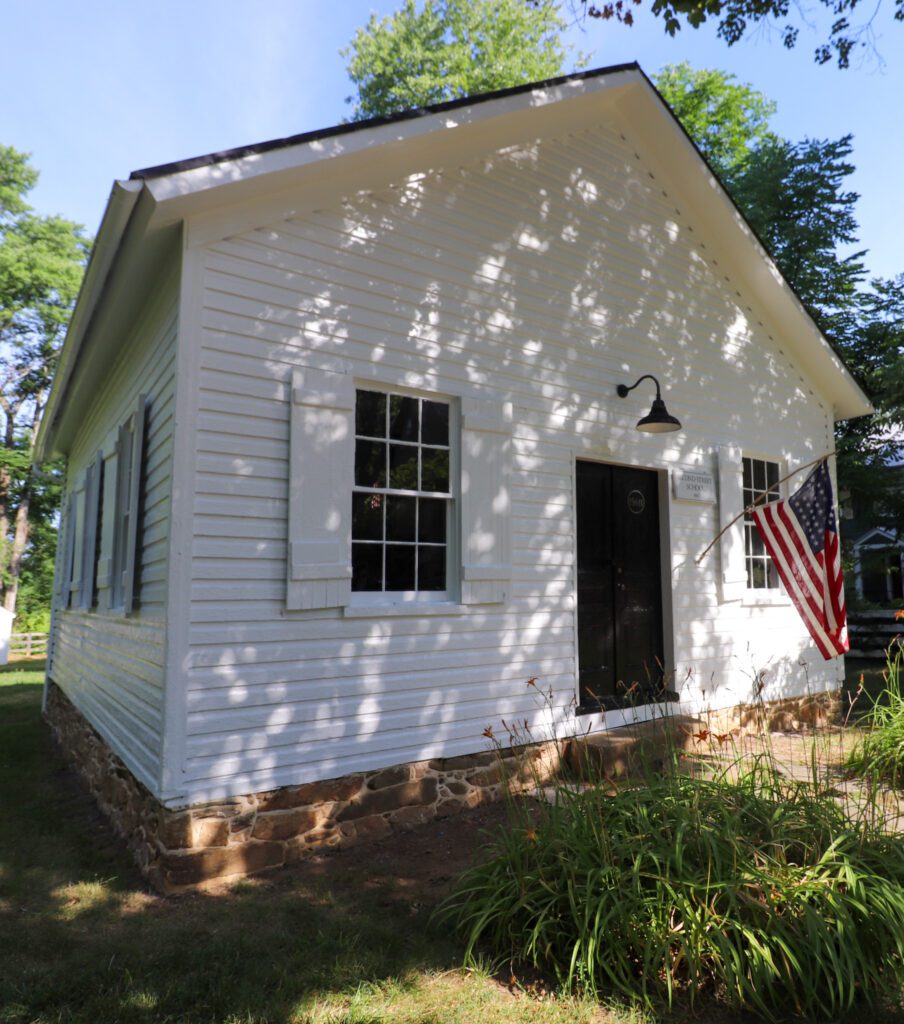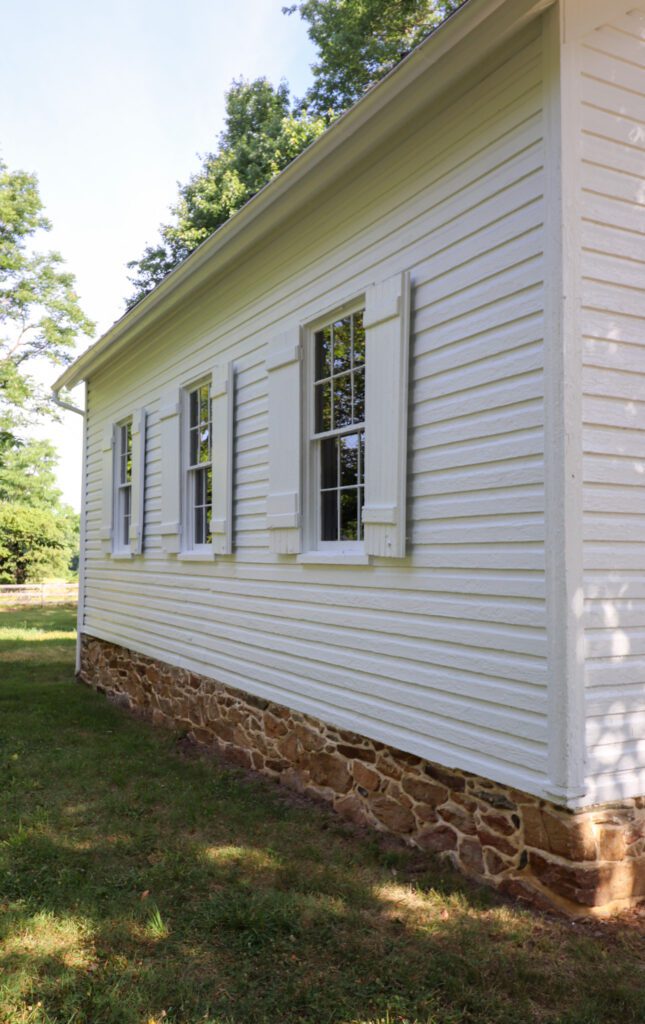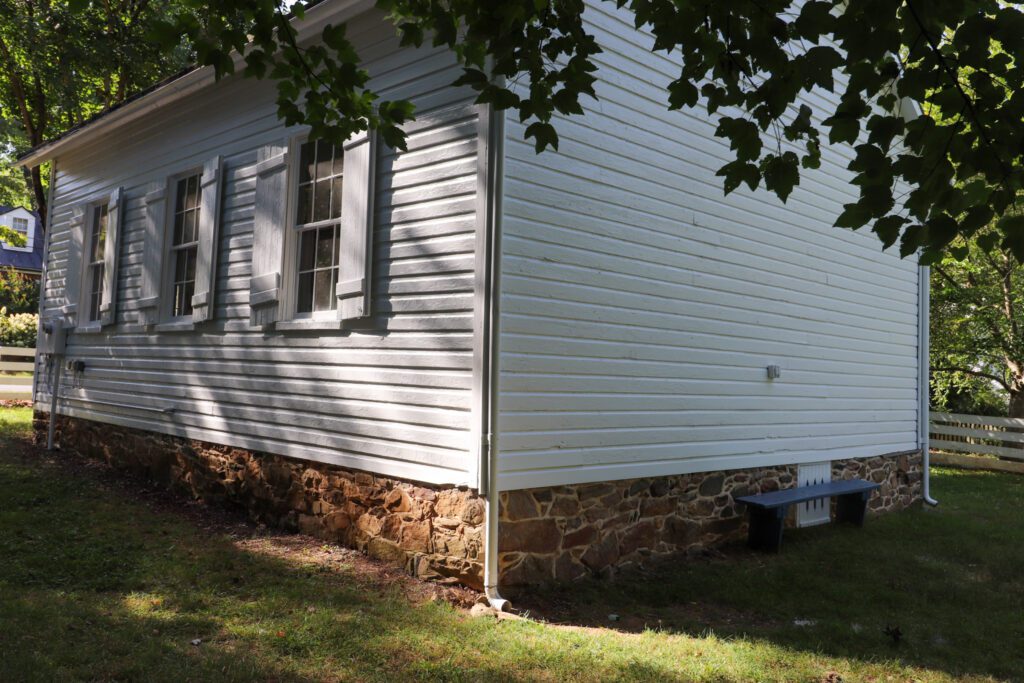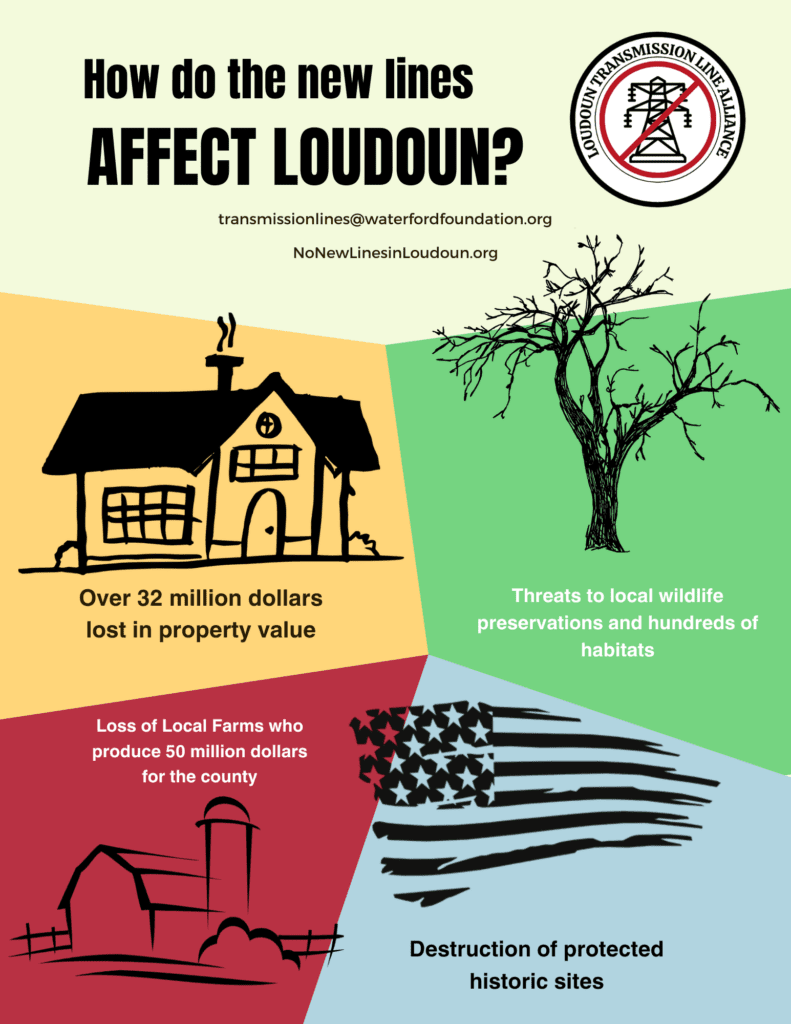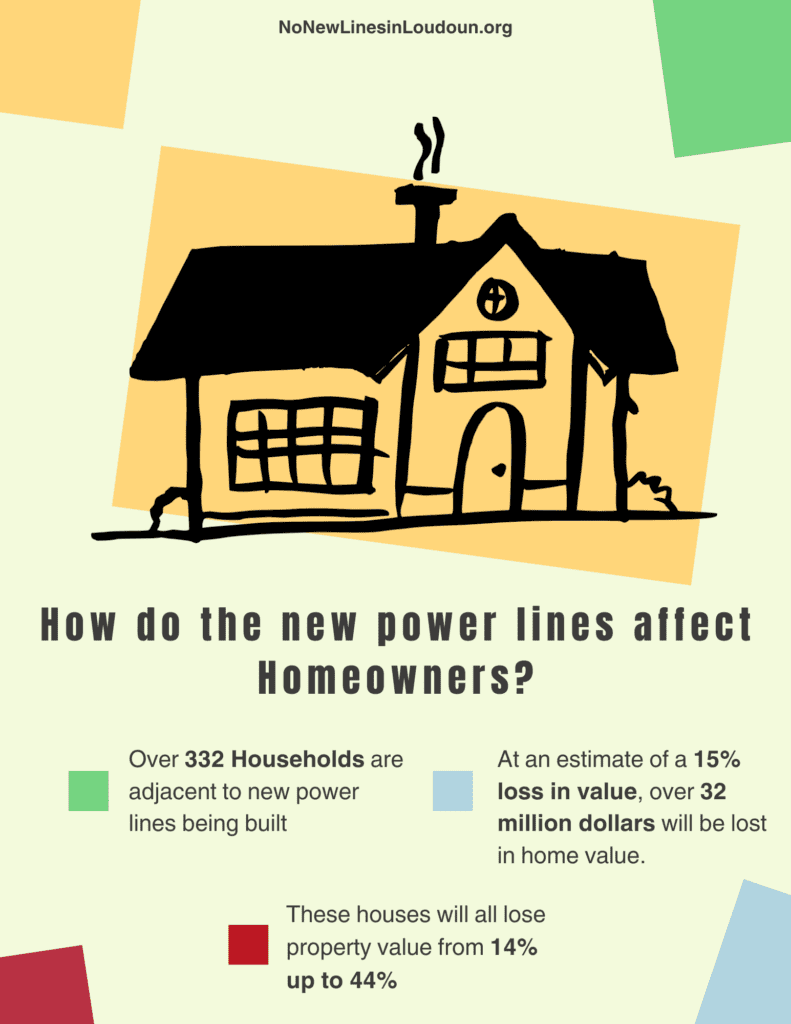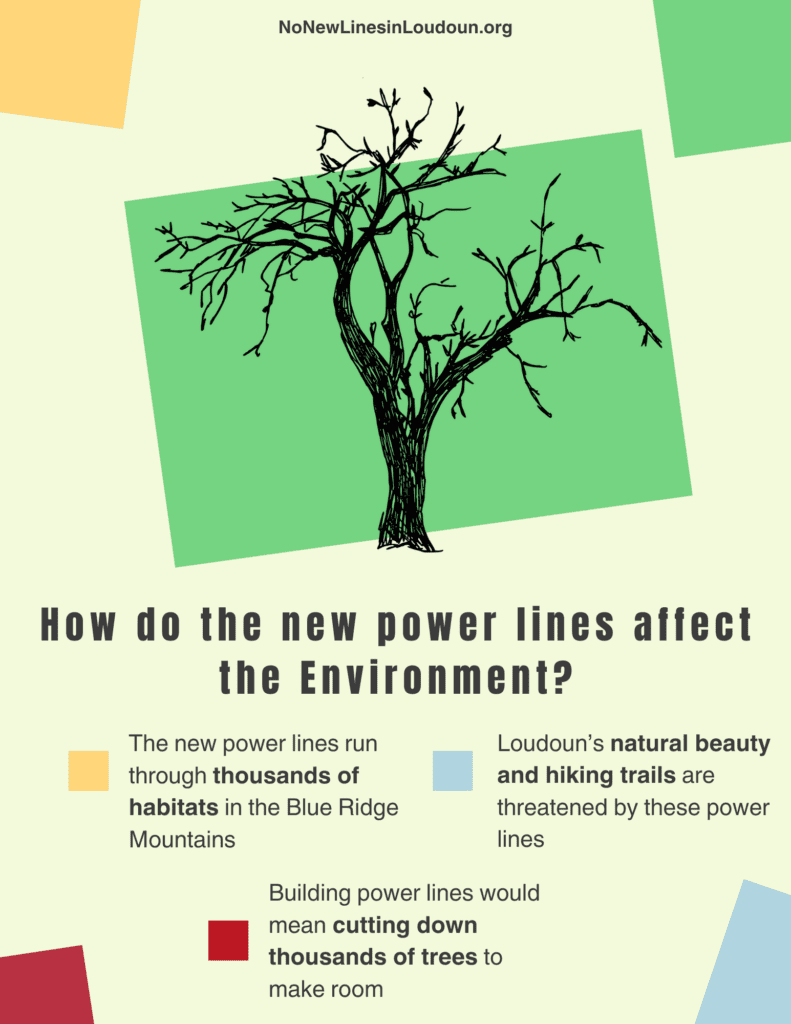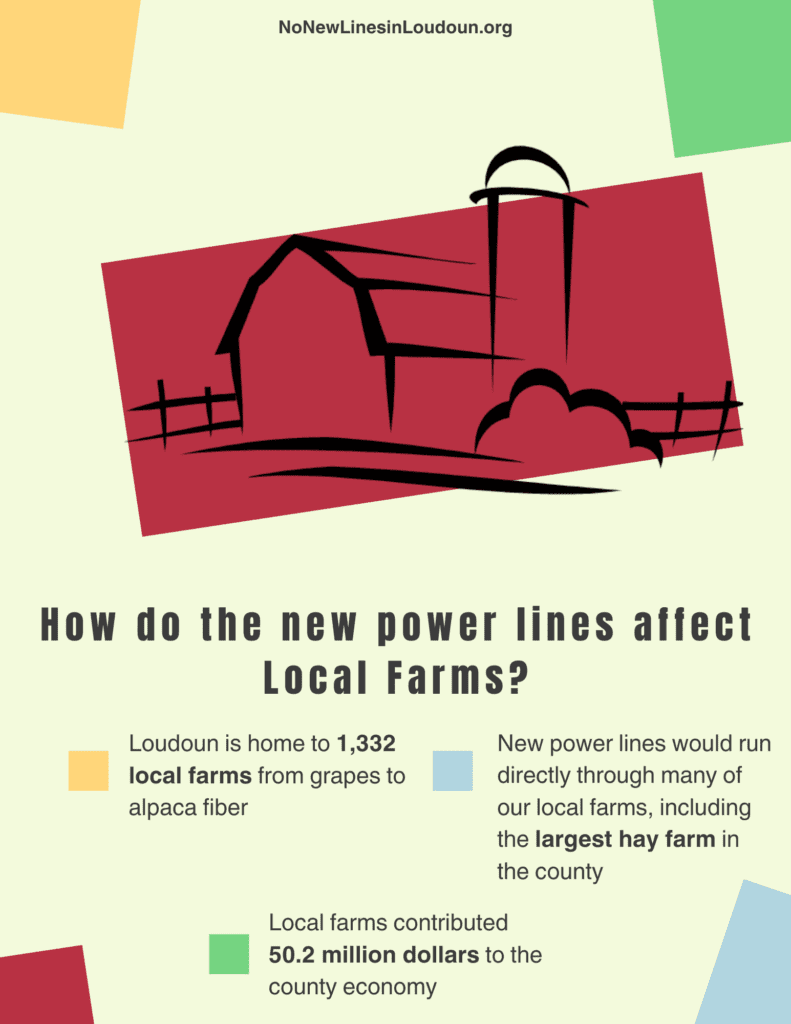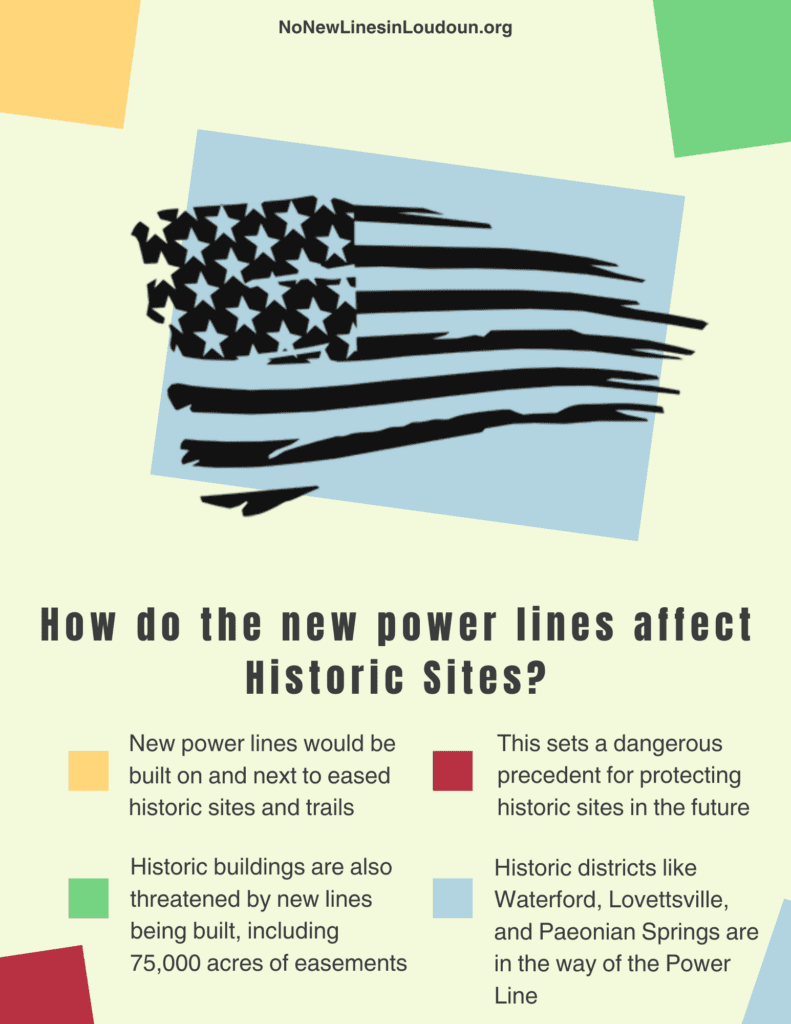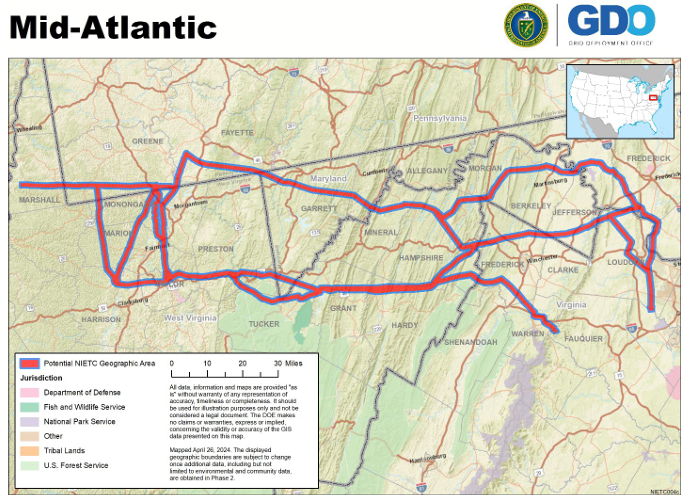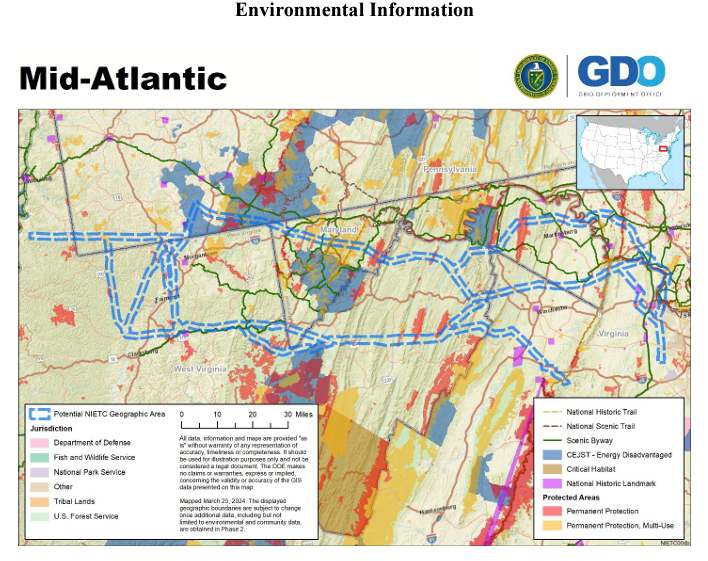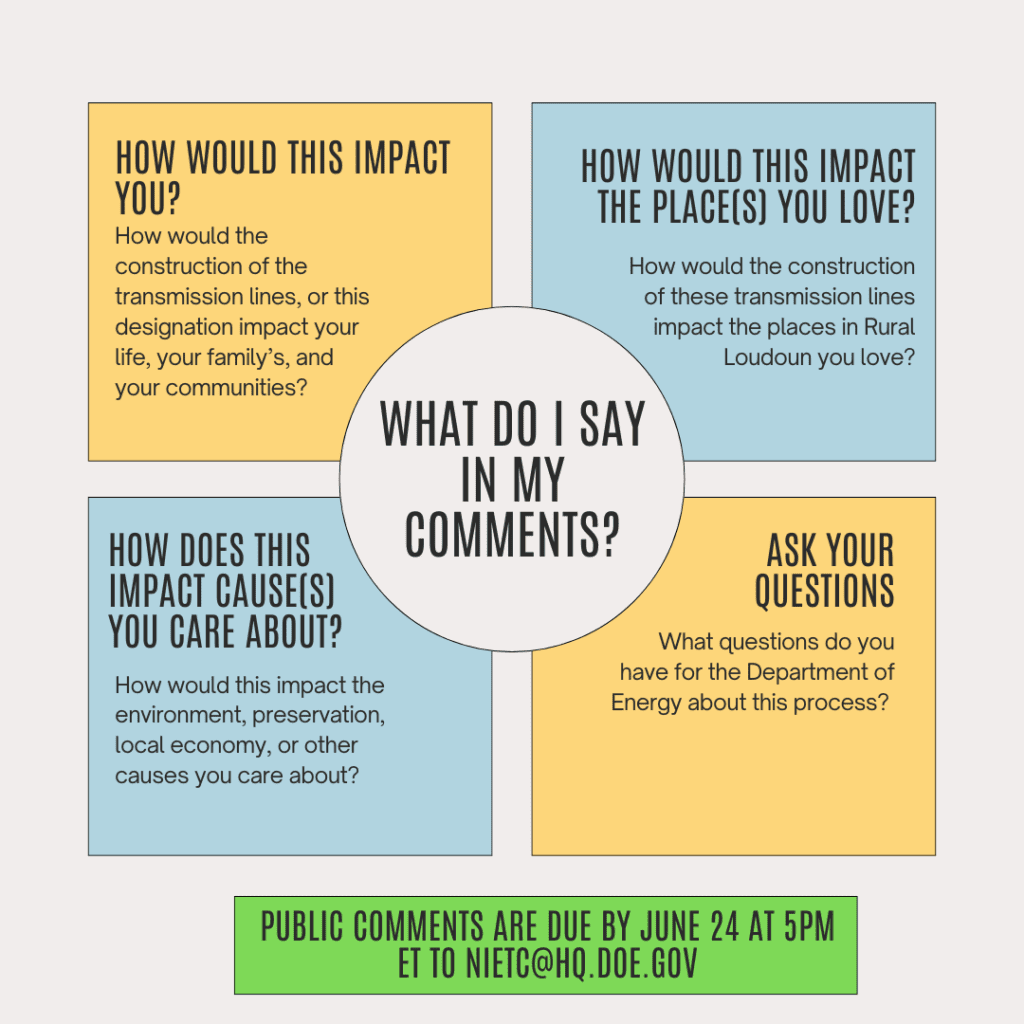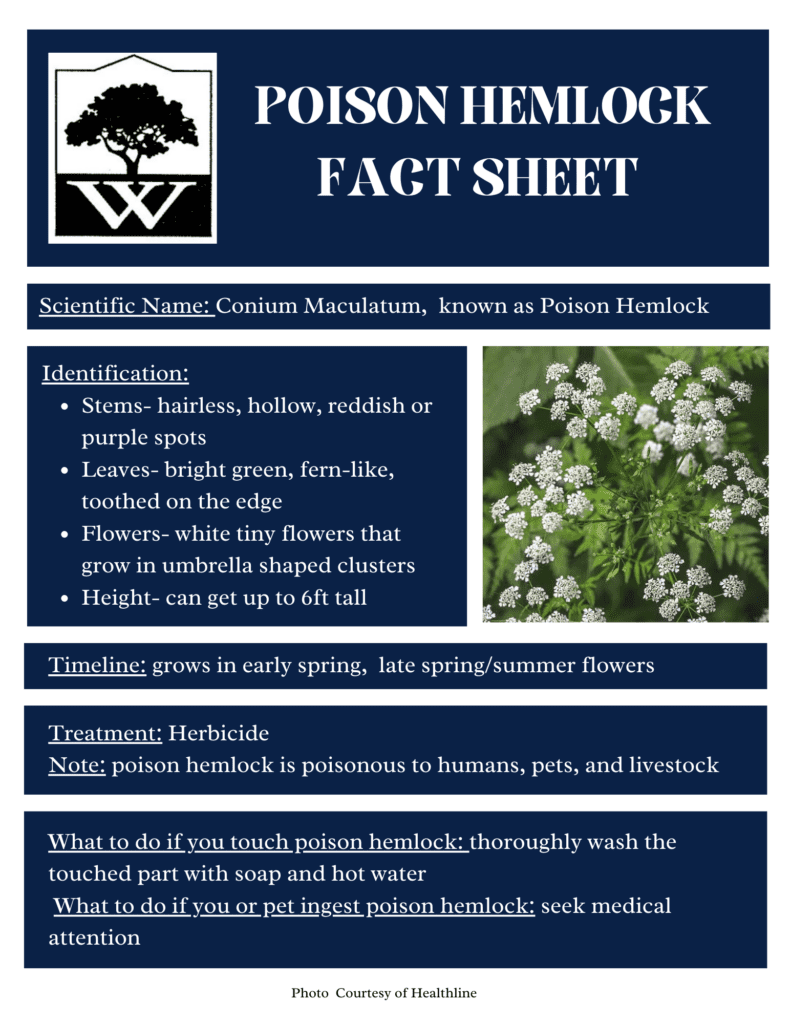This past weekend wrapped up our Spring and Summer 2024 Education Lyceum season!. Thank you to everyone who came out to our events, and we can’t wait to see you at another event soon!
Lyceums are put on by the Waterford Foundation Education Committee. The Committee is currently brainstorming topics for lyceums in the future! Do you have a suggestion? Share your interests with us by taking this quick survey linked here!
Genealogy and House Research Lyceum
On May 21st for Historic Preservation Month, we teamed up with the Thomas Balch Library to put on the Genealogy and House Research Lyceum. The program started with Waterford Foundation’s Abigail Zurfluh presenting an overview of how to conduct building research and where you can go to find resources for that in the County. Then, Thomas Balch’s Anna Carneal and Laura Christiansen presented an overview of how to do genealogy research and the resources available at the Thomas Balch Library in their collections and archives. All three presenters also answered questions and gave advice on how to conduct research.
The highlight of the program was definitely being able to see (and touch) three Waterford primary sources that can be found in the Thomas Balch Library, picture below. Thank you Anna and Laura for coming out and helping us put on this informational lyceum!
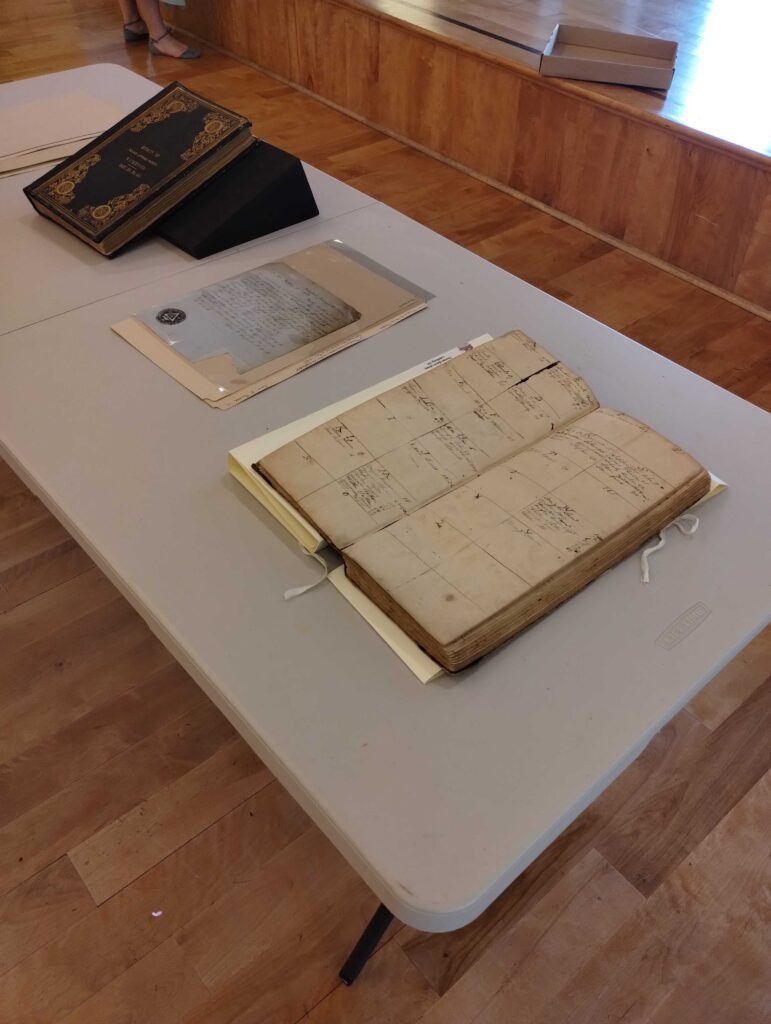
Historian and Local Historian Taylor Chamberlin Book Talk
On June 2nd, we hosted an interesting book talk by local author and historian Taylor Chamberlin. Chamberlin came to discuss the contents of his new book, “My Old Carpetbagger”. In the book, Chamberlin uses the story of his great-grandparents to reveal new aspects about Virginia and national history. Capt. Simon Elliot Chamberlin and Edith Matthews met at the end of the Civil War, when the Union Cavalry officer was provost marshal at Point of Rocks and the teen-aged Quaker was still reeling from the devastation of the family farm (Clifton) outside Waterford. Beginning with the Taylors of Taylorstown and the Govers of Waterford, Edith’s family played a prominent, if not always exemplary role in Loudoun’s Quaker community and would pay heavily for its support of abolition and the Union.
Thank you Taylor Chamberlin for coming out and sharing the details of your new book with us!
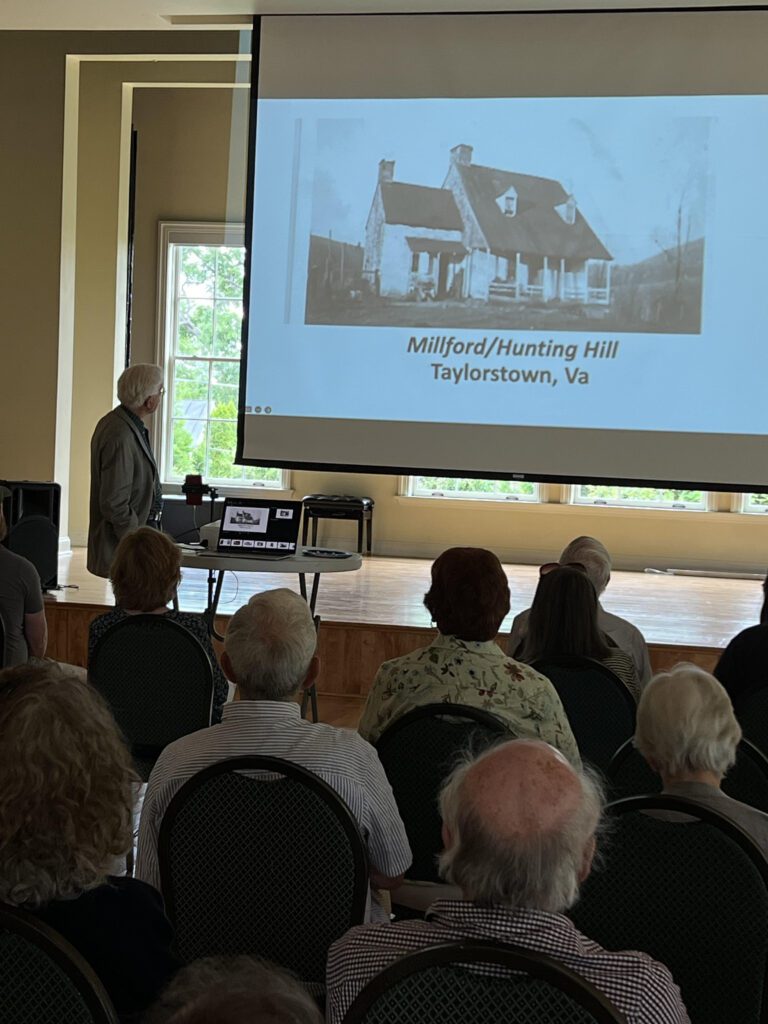
Colonial Agriculture Day!
Fun for all ages was had on June 30th as the Foundation and the Loudoun Heritage Farm Museum teamed up to host Colonial Agriculture Day at the Old School. As people arrived, participants were able to take a shot at playing with various colonial-era toys (the person writing this is proud to say that they were able to get the ball in the cup). Those interested were able to beat the heat and listen to the engaging talk on the beginnings of agriculture in the County from pre-contact era to past the American Revolution by Anne Marie Chirieleison of the Farm Museum. Out on the Old School porch, participants were able to put together egg carton planters to hopefully have sprouting plants all summer long!
Thank you to the Loudoun Heritage Farm Museum for your partnership in Colonial Agriculture Day!
Thank you to everyone who came out to our education lyceums this past season, and we hope to see you at the next one! If you have any suggestions, please fill out this survey as the committee is currently looking into planning more lyceums for next year.
